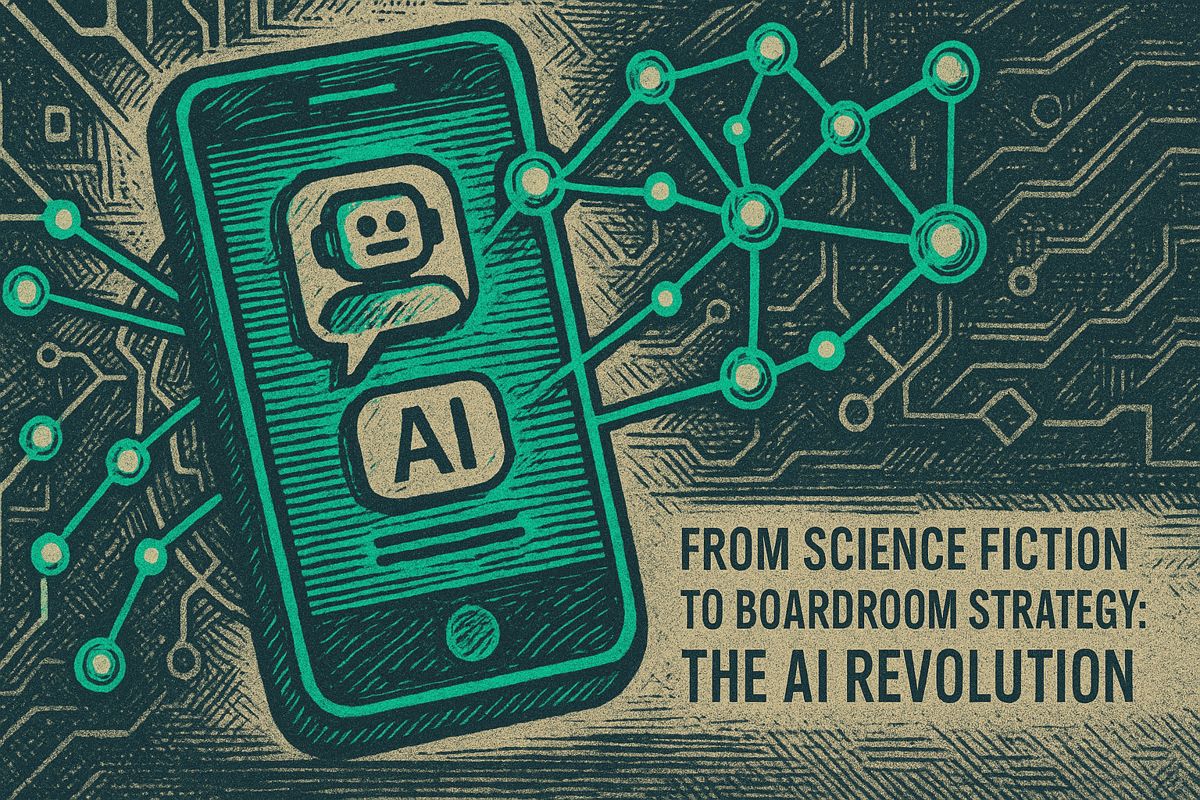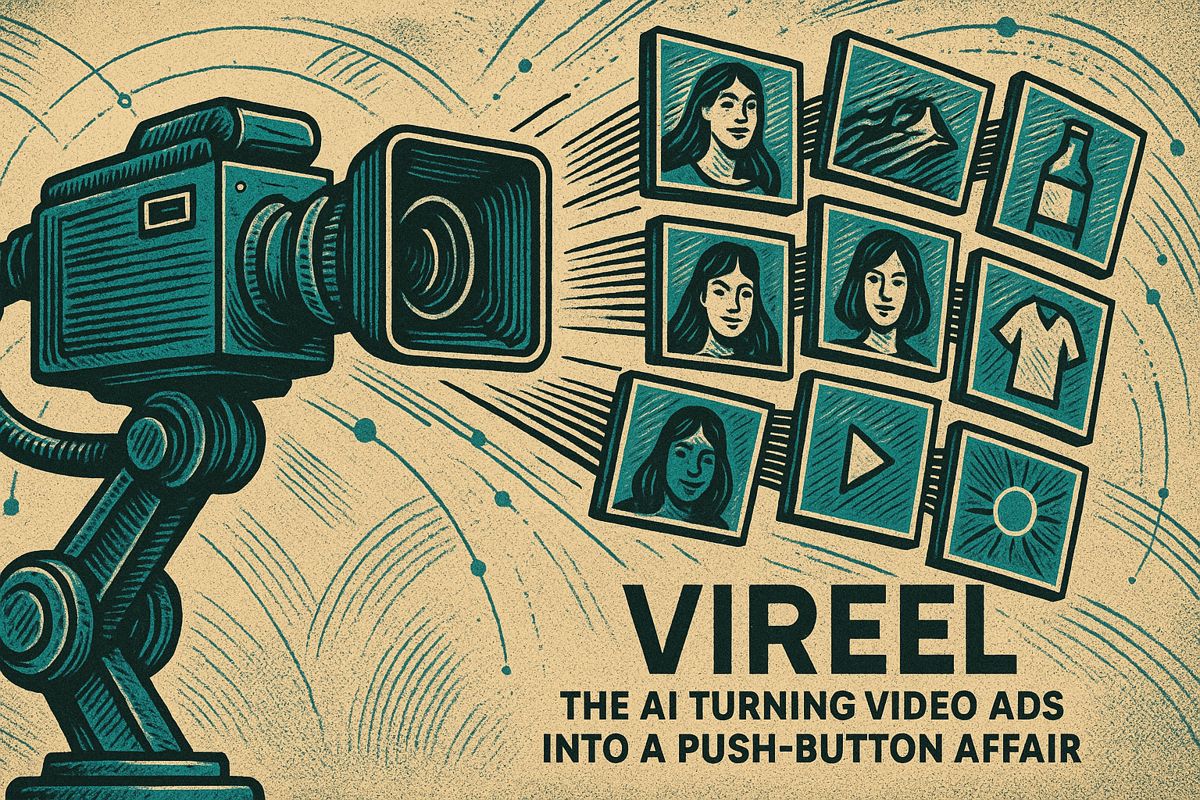Generative AI, once a futuristic dream, has quickly become super important for big company bosses. They’re spending lots of money on it and expect smart AI helpers to do much of the work. This new tech helps businesses give customers amazing, personalized experiences really fast. It’s not just a trend; it’s changing how companies work every day. Ignoring it means falling behind, so leaders are jumping in with both both feet, even if it feels a little scary.
Why is generative AI a top priority for C-suite leaders?
Generative AI is now a business imperative for C-suite leaders, with over half considering it “extremely important” for customer service. They are allocating dedicated budgets, expecting AI assistants to automate workflows, and focusing on personalized customer experiences. This reflects a significant shift from experimental pilot to strategic necessity, driven by projected software spending and practical applications.
Blink and everything changes. The air in my office still smells faintly of burnt coffee grounds, a reminder of how long I’ve been hunched over these surveys. Last year, generative AI felt like the stuff of late-night TED Talks. Now? It’s the centerpiece of executive strategy meetings, a bit like how CRM software once swept through Fortune 500 discussions—except this time, no one’s pretending the goal is just a better spreadsheet. The mood? Tense, but a little electric too, like the charged silence before a thunderstorm.
I remember 2017, elbows deep in a chatbot project for an insurance client who thought emojis were the enemy. Back then, customers tried to trip up the bot with sarcasm, only to get back responses so dull they could have been written by a sleep-deprived intern. Fast-forward to today and there’s no hiding: ignore generative AI and you’re the last one standing on the dodgeball court, bruises and all. But here’s the kicker—the C-suite is no longer just signing checks, they’re demanding transformation. I felt a flicker of skepticism at first, if I’m honest. But the numbers are convincing.
The C-Suite’s AI Obsession: Numbers and Nerves
Let’s dig into the Publicis Sapient report. Over half of surveyed C-suite leaders, across sectors from retail to hospitality, now label generative AI as “extremely important” for customer service and experience. That’s not hyperbole—it’s a marked shift in attitude. And just like that, AI has gone from experimental pilot to business imperative. Why the urgency? Picture AI as a kind of digital maestro, orchestrating customer touchpoints with uncanny speed and precision—a bit like a sommelier who knows your favorite vintage before you can finish your sentence.
More than a third of leaders say they’ve carved out dedicated budgets for generative AI. With projected software spending reaching $300 billion by 2027, there’s no mistaking the scale. Executives also expect, within three years, to deploy AI assistants handling routine content and automating workflows—a staggering 67% of them. The practical applications are everywhere: Marriott uses AI to match travelers to their ideal rentals based on plain-language descriptions, and major retailers are generating personalized offers in real time. Sometimes, I can almost hear the soft tap of code being written late into the night—yes, it’s almost poetic.
Finding Magic in the Micro-Moment
But it isn’t magic for magic’s sake. The focus has shifted to personalization and speed, with generative AI promising a level of customer experience that borders on telepathy—delivering the right message before you’re even aware you need it. At its best, it feels like the gentle hum of a refrigerator late at night: subtle, but reassuring. At its worst, it can be jarringly off, a rogue GPS leading you astray into the digital hinterland.
Is this relentless pace leaving some behind? Certainly. Stories abound of organizations struggling to quantify ROI or hesitating over whether they’re training these voracious algorithms on trustworthy, proprietary data. The real competitive advantage, they say, lies in custom models—bespoke systems infused with a company’s own secret sauce. SAP and OpenAI are both name-dropped as leaders in this arms race, vying to build the next generation of “enterprise-grade” models. There’s palpable excitement, but also a sting of anxiety; the scent of risk lingers in the background, sharp as lemon zest.
From Hype to Habit: The Trust Equation
I’ll admit, I once underestimated how quickly these shifts could upend the day-to-day. I’ve learned (sometimes the hard way) that tech fads come and go—but when you start seeing AI woven into the very culture of a company, you know it’s more than a passing craze. That moment you realize your marketing team trusts an algorithm to draft their first lines? Strange, but kind of exhilarating. My gut reaction: a mixture of glee and trepidation, almost like spotting a storm front rolling in on an otherwise sunny day.
Ultimately, the organizations pulling ahead are those building trust—both with their employees and the customers who’ll be on the receiving end of this new AI-powered personalization. I keep circling back to Daniel Liebermann’s advice from the report: it takes confidence, risk tolerance, and the occasional leap of faith. And maybe, just maybe, a sense of humor when the bots inevitably serve up a few clangers. So, is it science fiction? Not anymore. Not even close.
Sources: Publicis Sapient 2025 Generative AI Innovation Report, CX Leaders Prepare to Empower People, Generative AI Trends 2025, System Modernization Report 2025
- Dan



















